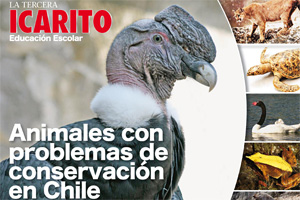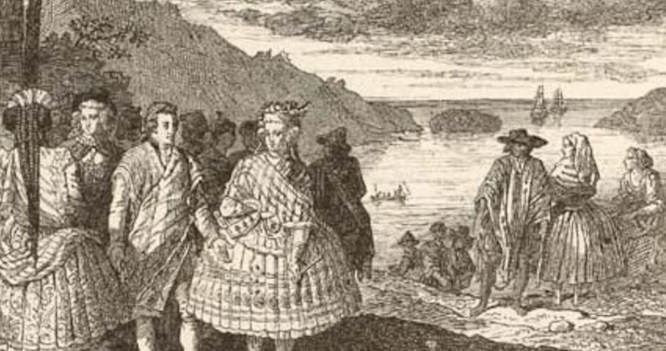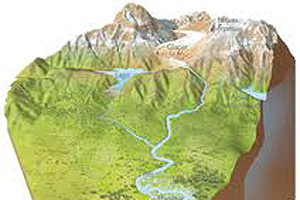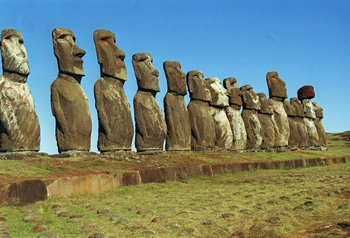Summaries
Chilean fauna and factors that influence conservation problems
– Chile does not have a large number of species compared with other regions of the world, but it does have a high degree of endemism.
– The main causes of fauna conversation problems in Chile are fragmentation and habitat reduction as a result of human activities.
– Other factors that increase threat for conservation are: the introduction of foreign or exotic species, water and ground contamination, indiscriminate hunting or capture, domestic animal diseases and natural disasters.
Threatened species
– Some Vulnerable fish are: the White-dotted Skate (Bathyraja albomaculata), the Yellownose Skate (Dipturus chilensis), and others.
– In Chile, amphibians are represented by several genera. One of these is Rhinoderma, which has only two species, both of which are threatened: the Darwin’s Frog (Rhinoderma darwinii) and the Chile Darwin’s Frog (Rhinoderma rufum).
– Reptiles of the Liolaemus genus are the most threatened, as they include one Endangered species and 7 Vulnerable species.
– Some Endangered birds are: the Peregrine Falcon (Falco peregrinus anatum), the Burrowing Parakeet (Cyanoliseus patagonus), and the Juan Fernandez Firecrown (Sephanoides fernandensis).
– In Chile there are five mammal species in the deer family, three with conservations problems: the Pudu (Pudu pudu), the Huemul (Hippocamelus bisulcus) and the North Andean Deer (Hippocamelus antisensis).
Measures for conserving species
– Chile has four tools for managing fauna conservation: the Chilean National System of Protected Areas (Spanish acronym SNASPE), the Hunting Act, international treaties and the Red Book or Red List.
– The Hunting Act was implemented in 1929, but in 1996 it was substituted by law 19.473, which prohibits the hunting, capture or collection of Chile’s native vertebrate fauna.
– Some agreements that Chile has signed are: the Convenio sobre la Conservación de Especies de la Fauna Salvaje («agreement for the conservation of wild fauna species»), the Convention on Biological Diversity, and others.







